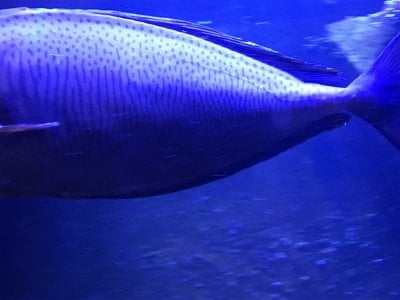This is 4 month old - but you may have read it many times in spite of that?
And if you scrool down the page - you get 40 references more
Sincerely Lasse
And if you scrool down the page - you get 40 references more
Sincerely Lasse






















